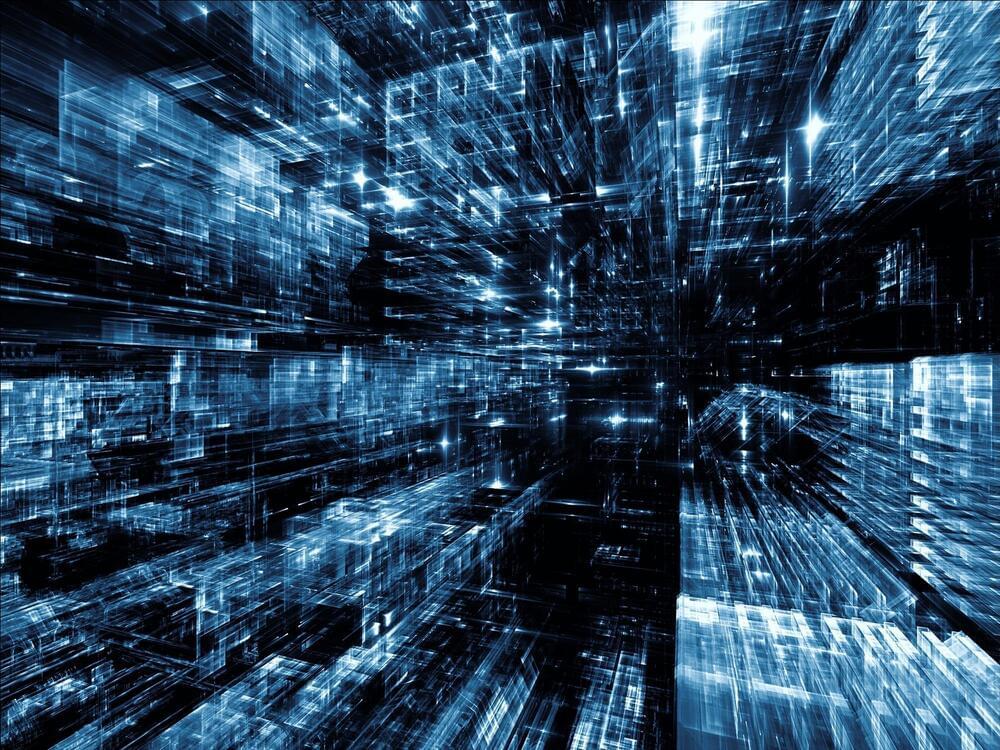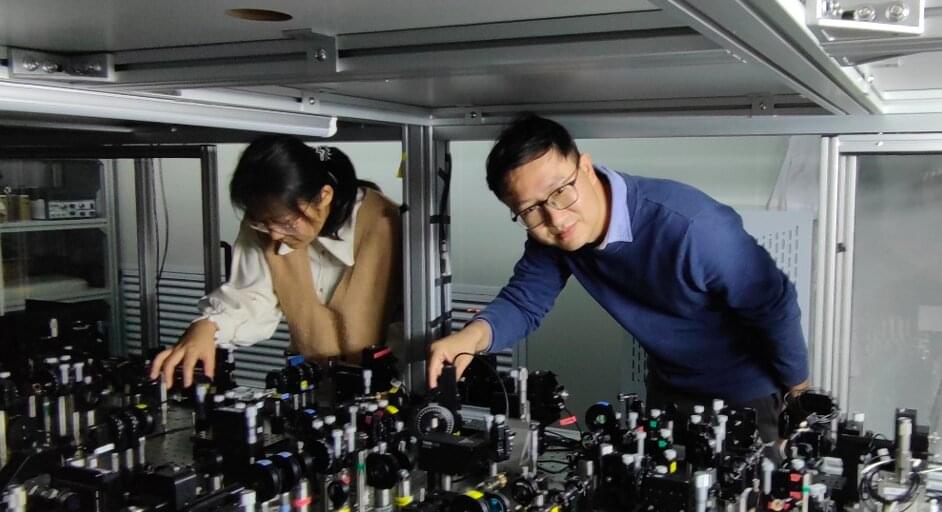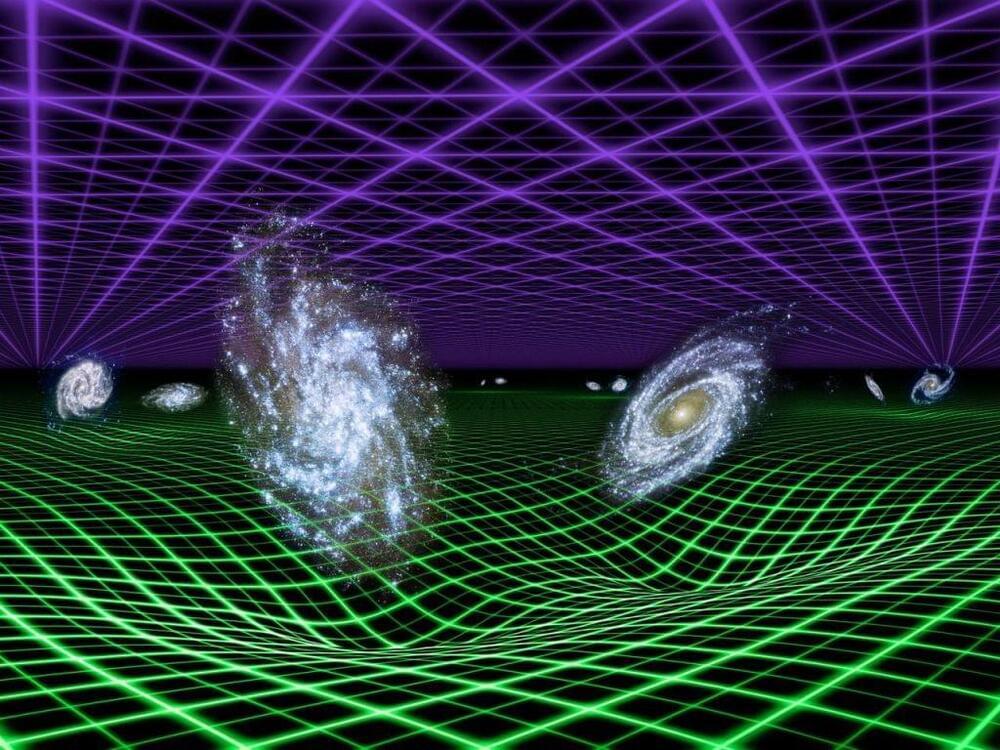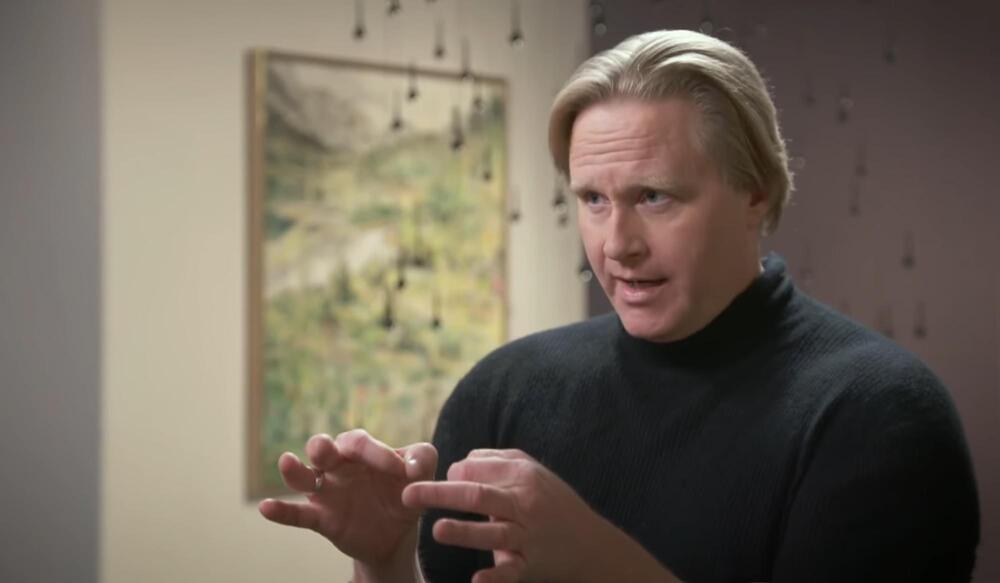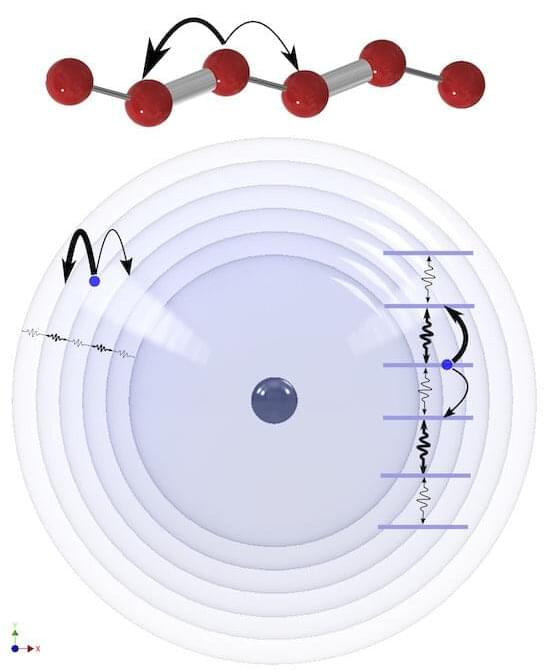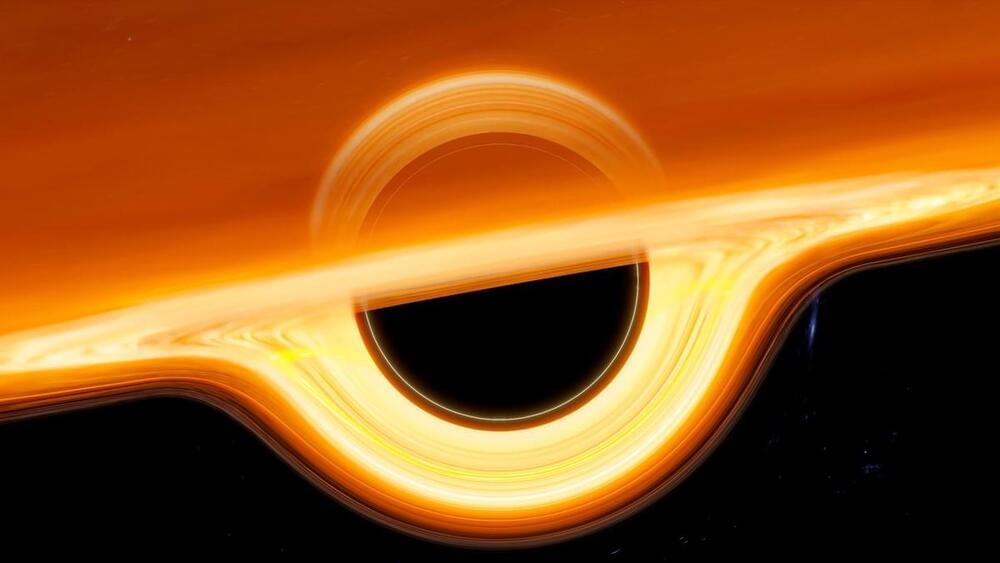Feb 28, 2022
Physicists Manipulate Electrons To Create “Synthetic Dimensions”
Posted by Shubham Ghosh Roy in categories: particle physics, quantum physics
Rice University lab manipulates ultracold Rydberg atoms to mimic quantum interactions.
Our spatial sense doesn’t extend beyond the familiar three dimensions, but that doesn’t stop scientists from playing with whatever lies beyond.
Rice University physicists are pushing spatial boundaries in new experiments. They’ve learned to control electrons in gigantic Rydberg atoms with such precision they can create “synthetic dimensions,” important tools for quantum simulations.
